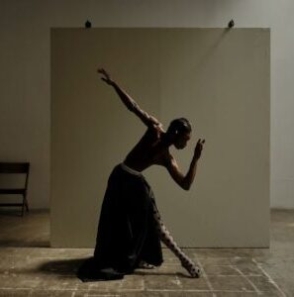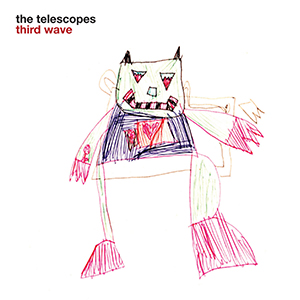Spinning Culture
By Catarina Figueiredo Soares
When you hear music, you feel like dancing right? It is the movement of the body in a rhythmic way, mostly with music, to express an idea or emotion, release energy or simply enjoy yourself. It is not only something that feels exhilarating but also that is engraved in some cultures as more than just mere entertainment. For some, it is a way to connect religiously or to celebrate something and even tell the story of the people from a certain country. Come spinning with us and discover more in Spinning Culture.
The Whirling Dervishes; you might know them because of the long skirts and the spinning movements. This meditation practice is over 800 years old. In this practice, the Sufi and Mevlevi Order of Islam, who fast for many hours and then dance to a music that echo’s a heartbeat. This way the dervishes enter into a state of ecstasy or mystical intoxication. The swirling skirt moves in the form of waves as you might have noticed and an aura forms around the body of the dancer. The creator of this practice, Jalaluddin Rumi, states that
‘All loves are a bridge to Divine love. Yet, those who have not had a taste of it do not know’.

Another very different style of dancing that also involves turns is the Maypole dance; a 600-year-old ritual of Western Europeans. You might recognise it by the people holding a long coloured ribbon around a pole. This dance is done on the first of May every year and the pole is decorated with flowers or greenery. Each person holds a ribbon and goes around and around the pole so that the ribbons intertwine with each other. The tradition and meaning of this dance differs from country to country. In some it’s to ensure fertility, in others unmarried men raise birch trees (decorated with crepe paper and a red heart shape with the lady’s name) in front of the houses of their loved ones (the woman wakes up to this on the first of May). Moreover, some use it to celebrate International Worker’s Day.

Folklore is a dance style you may not be aware of yet, but it is considered intangible cultural heritage. It involves the culture of the people, sayings, beliefs, and superstitions. It is about belonging to a cultural community and passing the tradition from generation to generation. The traditional and cultural dance is ‘Rancho Folclórico’ and it is from Portugal.

This type of dance and the traditional costume varies from region to region, but it always involves twirling and spinning. It tells the story of the people (working in the fields and their routine). Although the songs might be diverse, the beat and rhythm of the music is always the same and so are the instruments.

Dancing is a movement that comes from feeling the music, beat and rhythm. The spinning is a part of various styles of cultural dances. The different costumes utilised in diverse types of dances exaggerate the movements according to the rhythm of the music. Dancing is a very cultural and traditional thing in some countries or religions.
If you enjoyed reading Spinning Culture, why not check out Dance Shimmers?
.Cent London Be Inspired; Get Involved





